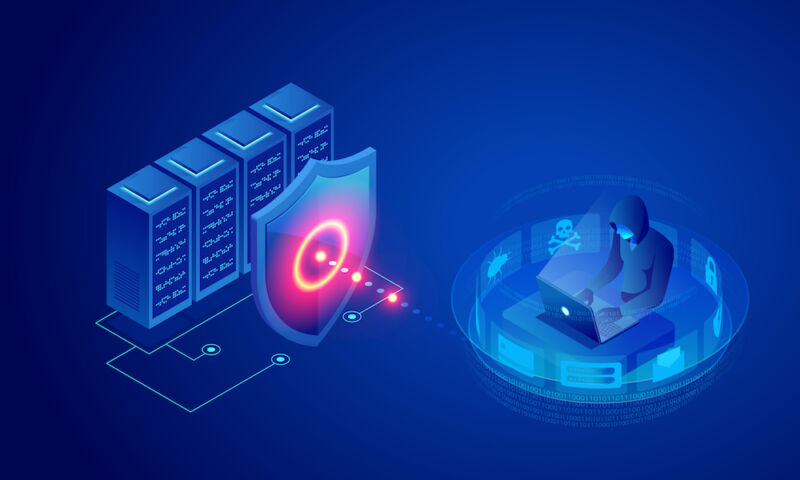DDoSers Are Abusing Microsoft RDP To Make Attacks More Powerful

DDoS-for-hire services are abusing the Microsoft Remote Desktop Protocol to increase the firepower of distributed denial-of-service attacks that paralyze websites and other online services, a security firm said this week.
Typically abbreviated as RDP, Remote Desktop Protocol is the underpinning for a Microsoft Windows feature that allows one device to log into another device over the Internet. RDP is mostly used by businesses to save employees the cost or hassle of having to be physically present when accessing a computer.
As is typical with many authenticated systems, RDP responds to login requests with a much longer sequence of bits that establish a connection between the two parties. So-called booter/stresser services, which for a fee will bombard Internet addresses with enough data to take them offline, have recently embraced RDP as a means to amplify their attacks, security firm Netscout said.
The amplification allows attackers with only modest resources to strengthen the size of the data they direct at targets. The technique works by bouncing a relatively small amount of data at the amplifying service, which in turn reflects a much larger amount of data at the final target. With an amplification factor of 85.9 to 1, 10 gigabytes-per-second of requests directed at an RDP server will deliver roughly 860Gbps to the target.
“Observed attack sizes range from ~20 Gbps – ~750 Gbps,” Netscout researchers wrote. “As is routinely the case with newer DDoS attack vectors, it appears that after an initial period of employment by advanced attackers with access to bespoke DDoS attack infrastructure, RDP reflection/amplification has been weaponized and added to the arsenals of so-called booter/stresser DDoS-for-hire services, placing it within the reach of the general attacker population.”
DDoS amplification attacks date back decades. As legitimate Internet users collectively block one vector, attackers find new ones to take their place. DDoS amplifiers have included open DNS resolvers, the WS-Discovery protocol used by IoT devices, and the Internet’s Network Time Protocol. One of the most powerful amplification vectors in recent memory is the so-called memcached protocol which has a factor of 51,000 to 1.
DDoS amplification attacks work by using UDP network packets, which are easily spoofable on many networks. An attacker sends the vector a request and spoofs the headers to give the appearance the request came from the target. The amplification vector then sends the response to the target whose address appears in the spoofed packets.
There are about 33,000 RDP servers on the Internet that can be abused in amplification attacks, Netscout said. Besides using UDP packets, RDP can also rely on TCP packets.
Netscout recommended that RDP servers be accessible only over virtual private network services. In the event RDP servers offering remote access over UDP can’t be immediately moved behind VPN concentrators, administrators should disable RDP over UDP as an interim measure.
Besides harming the Internet as a whole, unsecured RDP can be a hazard to the organizations that expose them to the Internet.
“The collateral impact of RDP reflection/amplification attacks is potentially quite high for organizations whose Windows RDP servers are abused as reflectors/amplifiers,” Netscout explained. “This may include partial or full interruption of mission-critical remote-access services, as well as additional service disruption due to transit capacity consumption, state-table exhaustion of stateful firewalls, load balancers, etc.”
READ MORE HERE

